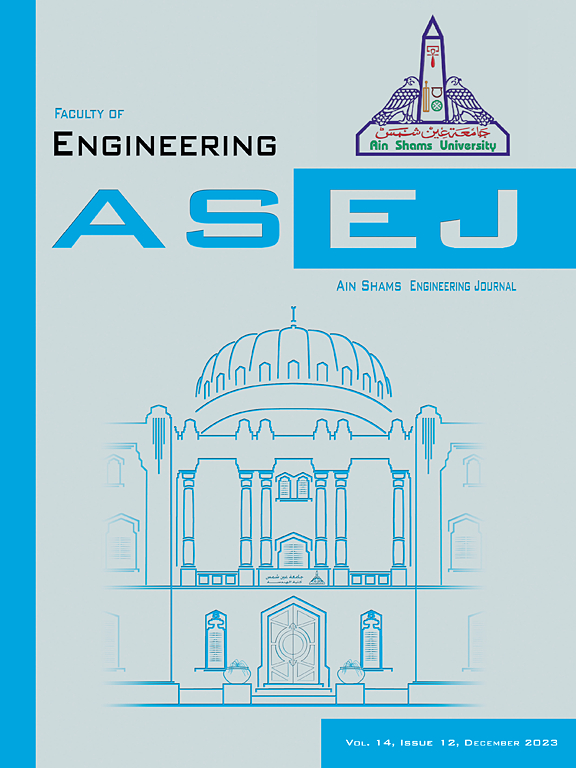Offsite modular construction adoption in developing countries: Partial least square approach for sustainable future
IF 6
2区 工程技术
Q1 ENGINEERING, MULTIDISCIPLINARY
引用次数: 0
Abstract
The construction industry is significant in the economic growth of developing countries and is recognized globally for its high potential in sustainable development. Offsite Modular Construction (OMC) has the potential to revolutionize this sector. However, the adoption of OMC in developing nations remains limited due to various barriers. This study fills a critical gap by developing a novel framework that integrates the analysis of Offsite Modular Adoption Barriers (OMABs), i.e. resource availability, process management, and issues/perceptions, with the pursuit of overall sustainable future needs (OSFN) in residential projects. For this study, 314 construction specialists in Malaysia, a developing country with high construction activity, were surveyed. The study further employs PLS-SEM for latent variable relationship identification between OMABs and OSFN, which has not been researched comprehensively in the literature. The study reveals that there is a moderate positive correlation between OMABs and 33.6 % of the sustainable outcomes in residential projects. The path coefficient (β = 0.316) also provides evidence of the importance of eliminating these barriers in improving sustainability goals. This research is innovative in its approach as it seeks to address both the issues of OMC and sustainability in the developing nations. It is highly beneficial for policymakers as it provides a clear guideline on how to improve the OMC usage and promote sustainable construction. The SEM model can be used as a reference for other developing economies that are interested in the modernization of the construction industry for sustainable development.
求助全文
约1分钟内获得全文
求助全文
来源期刊

Ain Shams Engineering Journal
Engineering-General Engineering
CiteScore
10.80
自引率
13.30%
发文量
441
审稿时长
49 weeks
期刊介绍:
in Shams Engineering Journal is an international journal devoted to publication of peer reviewed original high-quality research papers and review papers in both traditional topics and those of emerging science and technology. Areas of both theoretical and fundamental interest as well as those concerning industrial applications, emerging instrumental techniques and those which have some practical application to an aspect of human endeavor, such as the preservation of the environment, health, waste disposal are welcome. The overall focus is on original and rigorous scientific research results which have generic significance.
Ain Shams Engineering Journal focuses upon aspects of mechanical engineering, electrical engineering, civil engineering, chemical engineering, petroleum engineering, environmental engineering, architectural and urban planning engineering. Papers in which knowledge from other disciplines is integrated with engineering are especially welcome like nanotechnology, material sciences, and computational methods as well as applied basic sciences: engineering mathematics, physics and chemistry.
 求助内容:
求助内容: 应助结果提醒方式:
应助结果提醒方式:


